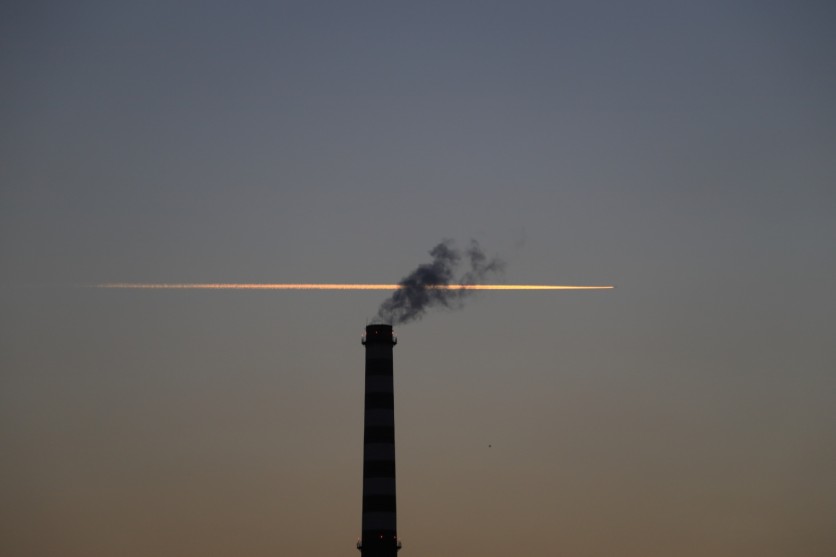An abandoned coal power plant in upstate New York may be the answer to Quaise Energy's Massachusetts Institute of Technology (MIT) spinout, according to SciTechDaily. Currently, they are working to build geothermal wells made from the deepest holes in the world.

The power plant in New York contains turbines still intact with transmission lines still running to the grid. MIT's Paul Woskov is optimistic that this can be used and will be back online within ten years and will be free of carbon.
Quaise Energy also thinks that they can retrofit the power plant by tapping into the energy source deep below. They will vaporize rocks to build the world's deepest holes and harvest geothermal energy in a way that will be sufficient for human energy consumption that will be useful for millions of years. The company already has set a timeline to start harvesting energy from a pilot well, which is set for 2026.
Also Read: Biden Administration set to Surpass 25K-Megawatt 2025 Clean Energy Goal
Using the Power of the Gyrotron
It is known that the drilling systems of Quaise are centered around a gyrotron that has been used in various research and manufacturing industries for years. Woskov believes that the gyrotron will be significant to the project, since it is commercially available. Using that, it is possible to have a plant running in five or six years.
In fact, Woskov and other researchers have been using gyrotron to heat the material in nuclear fusion experiments for years, but it was only in 2008 after the MIT Energy Initiative (MITEI) formally requested proposals on new geothermal drilling technologies.
Gyrotrons are powerful beam sources that are similar to lasers, only with different frequency ranges. Woskov plans to direct these beams down into rock and vaporize the hole.
With this idea, he went on a research journey as has tried to blast small rock formations with millimeter waves using a small gyrotron. It was in 2018 when his rocks got the attention of Carlos Araque'01, SM'02 who was also the technical direction of MIT's invest fund The Engine during that time.
It was in the hear when Araque and Matt Houde founded Quaise. Soon enough, Quaise was given a grant by the Department of Energy (DOE) to scale up Woskov's experiments with the use of a large gyrotron.
With a bigger machine, they hope to vaporize a hole ten times the depth of Woskov's lab experiments, which is expected to be accomplished by the end of the year. After that, they will vaporize a hole ten times the depth of the previous one.
The DOE is very interested in the project because if successful, this will address the challenges brought by material removal over those greater lengths.
Tests on the 100-to-1 hole is expected to be completed sometime next year. Quaise also hopes to start vaporizing rock in field tests late next year.
Related Article: A Research Engineer Built a Device That Can Generate Power Globally for Years
This article is owned by TechTimes
Written by April Fowell
![Apple Watch Series 10 [GPS 42mm]](https://d.techtimes.com/en/full/453899/apple-watch-series-10-gps-42mm.jpg?w=184&h=103&f=9fb3c2ea2db928c663d1d2eadbcb3e52)



